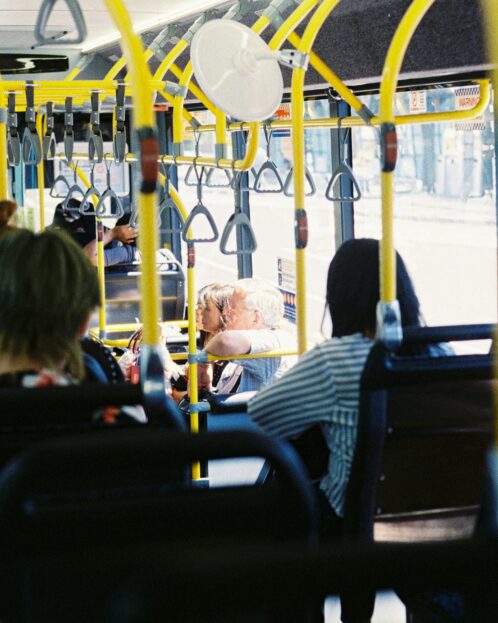2024
Queensland
Department of Transport and Main Roads
Background
The Queensland Department of Transport and Main Roads engaged NineSquared to assess whether ongoing regulation of a regional air route remained justified under the Transport Operations (Passenger Transport) Act 1994. The route had historically been subject to market entry restrictions, with services delivered under a government contract. However, the frequency and commercial viability of services raised questions about whether competition could deliver better outcomes for passengers, regional communities and government alike.
Our Role
NineSquared was commissioned to undertake a comprehensive market entry assessment, combining policy, regulatory and economic analysis with detailed aviation data. A central component of the engagement was the examination of flight activity into and out of the regional airport, including both Regular Passenger Transport (RPT) and charter services. This included analysis of aircraft movements, passenger volumes, fare structures, and the role of non-resident (FIFO) workforces in driving demand. Using flight data sourced from multiple providers, NineSquared analysed over 9,000 aircraft movements over a 12-month period, including nearly 3,000 RPT services and a similar number of charter flights. We examined aircraft types, load factors, fare structures, and the regulatory environment governing aviation operations. This allowed us to assess the financial viability of services, the potential for new market entrants, and the implications of removing market entry restrictions.
The assessment also considered how air services support broader regional development objectives, including tourism. Frequent and reliable air services are a critical enabler for tourism operators and events in regional Queensland, helping to attract visitors, support local businesses and connect communities to the broader economy. Our analysis highlighted that while current service levels are consistent with expected demand, future population decline and changes in the resource sector may place pressure on service frequency and accessibility—potentially impacting tourism outcomes.
We also evaluated the route against the criteria set out in legislation which included consideration of service levels, access, innovation, and alignment with social justice objectives. Our findings indicated that while deregulation may lead to short-term increases in service frequency and fare competition, long-term demand is expected to decline due to population trends and the transition of major resource projects to operational phases. Entry by new operators is possible but constrained by infrastructure limitations, including slot availability at airports and the need for enhanced security screening at regional airports if larger aircraft were to be introduced.
The analysis also found that while generally available discounted fares may become more competitive under deregulation, highly discounted resident fares—introduced under the current contract—may be withdrawn, potentially increasing costs for local residents. Service innovation is likely to improve with competition, but constraints such as airport infrastructure and regulatory compliance may limit the extent of change.
The findings provided the department with a robust evidence base to inform future contracting arrangements and policy settings for regional air services, including the potential impacts on tourism, community connectivity and government costs.
Connect with our team
Contact
 Download
Download




 More projects
More projects